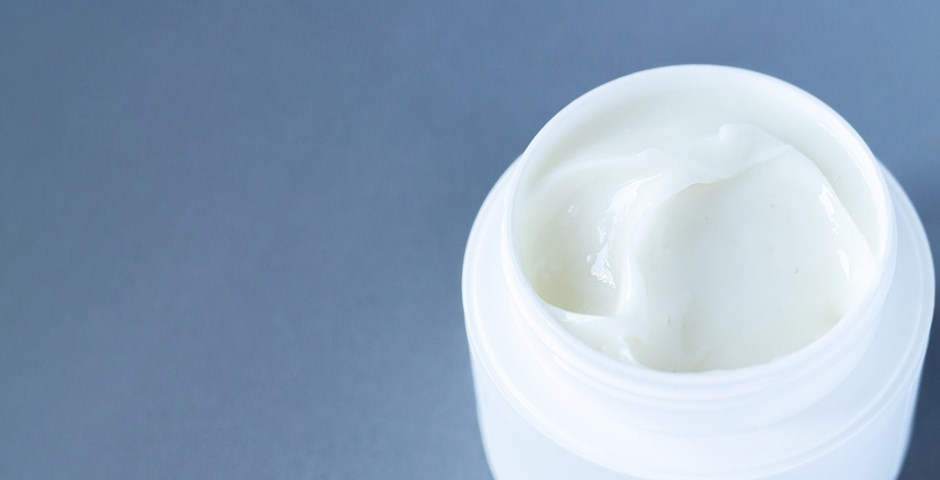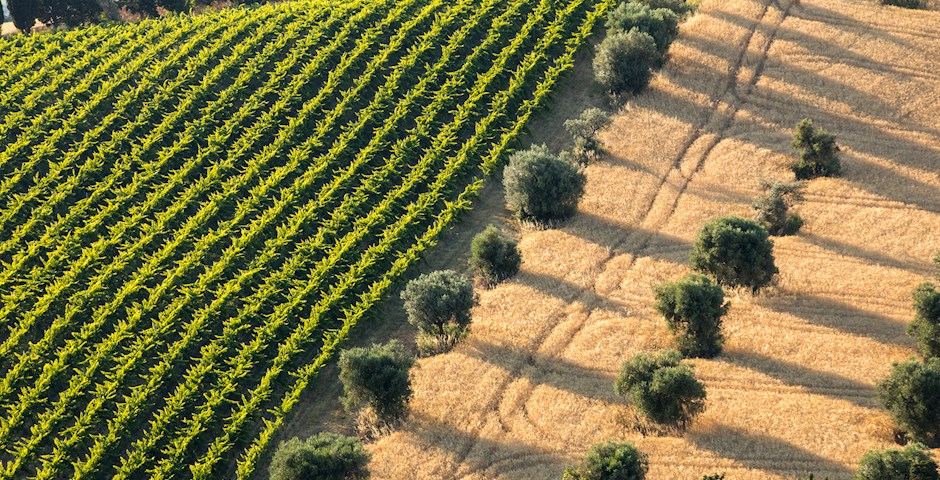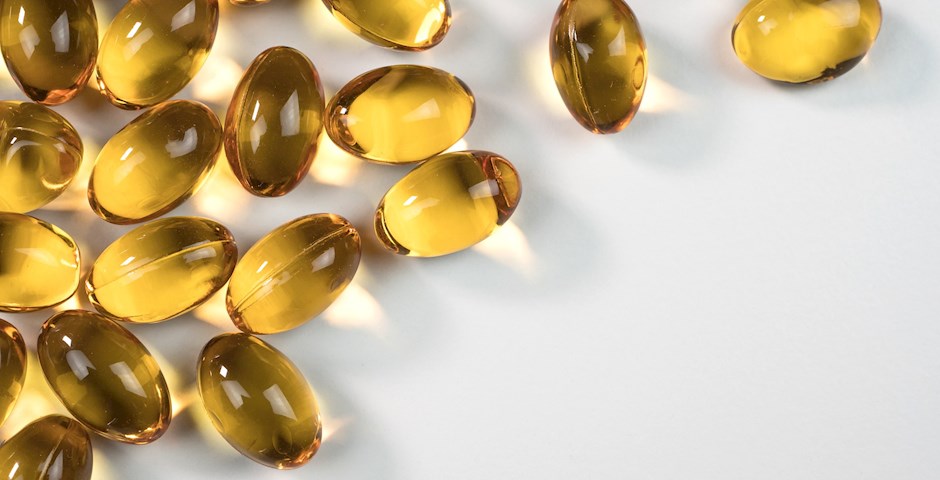Going local and natural
Europe is a world leader in the cosmetics industry, which is valued €80 billion at retail sales, and the continent has a growing nutraceutical sector, expected to be around €216 billion in 2025 (any food substance that provides medical or health benefits, including the prevention and treatment of disease). However, most bioactive compounds found in cosmetics and nutraceuticals are imported from Asia and therefore have a high carbon footprint while also lacking traceability. In the last few years, there has been an increasing demand from consumers for natural-based products - while a lot of them are still synthesised - as well as for locally sourced ingredients which increase safety and quality. With the financial support of Interreg North-West Europe (NWE), AgriWasteValue addressed this need by relying on the untapped potential of North-West Europe’s arboriculture and viticulture (the cultivation of trees and grapes). The project has worked on valorising apples, pears, and wine tree residues available in the area. Biomass molecules are extracted, first to be used in the cosmetics and nutraceuticals sectors, then targeting the wider agricultural sector, as well the chemicals and energy sectors.

Mapping NWE’s agricultural resources
Partners in the project first needed to identify and select interesting biomasses which would be common to all countries in North-West Europe and quantify how much were available across the area. That’s how apples, pears and vines were chosen. The latter might come as a surprise, but as climate has changed in the last twenty years, vineyards are not only localised in France anymore, but can be found in Belgium as well. One of AgriWasteValue’s first tangible output was an interactive map which indicated where in the area agricultural waste was available, and how much of it could be used.
Creating a sustainable value chain
Collecting waste was a second step and the project offered a way for farmers to valorise what would otherwise become waste. As this was not something they were used to, partners had to work on mobilising farmers closer to them. Upcycling arboriculture and vine waste can lead to side products such as biogas and bio solvents, which are then used as energy sources (for electricity and heating). Fertiliser is another side product which is repurposed to grow crops. Those come in handy in a context of expensive fossil nutrients for which prices have been driven up through the war in Ukraine. Circular economy is therefore at the heart of the project which closes the loop by making farms the starting and ending point of AgriWasteValue’s work.

The 6 steps of extract valorisation for a zero-waste process
- Pre-treatment
- Extraction
- Enzymatic modification
- Production of biogas and bio solvents (energy source)
- Production of fertilisers
- Use of fertilisers to grow crops
Cooperating transnationally
With environmental consciousness in mind, partners in the project strived to implement green chemistry by using water as solvent, and producing biodegradable, less hazardous substances while remaining economically viable. The partnership’s strength relied on its scientific experience (Celabor, BE), with partners in charge of a specific step of the valorisation process, but also on its ability to link with industrial and cosmetic worlds (Eurasanté, Cosmetic Valley, FR). According to Job Tchoumchoua (Celabor) who is responsible for the project’s scientific expertise, and Clémence Rotolo who oversees administrative matters at AgroParisTech (FR), Interreg NWE's philosophy of disseminating results encouraged the partnership to reach out to stakeholders, raise awareness on the project and make its content accessible to non-experts. Exchange of know-how will continue after AgriWasteValue ends, as partners expressed their desire to keep on working together.
Mobilising the industry
Yet experimental work in laboratories is not enough. Industrial scale-up is key to the project’s long-term success, with mass production for distribution and eventually commercialisation of extracts. The industry needed to be convinced of testing the project’s products and partners made contacts with decision makers which could bring extracts to the market. The added value of having products available locally is significant for industries, with a predictable/secure access to raw material thanks to regional value chains and local supply chains. This is also an answer to clients’ concerns when it comes to tracing the origin of products and strengthening the local economy. The project’s most promising result is a rare natural bioactive compound extract, with antioxidant and anti-ageing properties. An organic, healthier product without pesticide residues which raises its safety profile for the benefit of consumers. The hope is that it will lead to a patent before being commercialised. The economic impact is under study and despite limitations imposed by the EU Novel Foods Regulation, this compound extract could be promising, potentially helping to trigger new purchasing patterns of consumers who are ready to pay more for higher quality products (the EU Novel Foods Regulation states that novel foods falling within scope must not present a danger to consumers, mislead consumers, differ from foods or food ingredients for which they are intended to replace to such an extent that their normal consumption would be nutritionally disadvantageous for the consumer).
AgriWasteValue already signed a contract with an industrial partner, operating in Europe as well as in the United States, with over 1,000 clients in the cosmetic sectors, including the five major companies in the field.

Key facts and figures
Budget
partners
countries
BE, CH, DE, FR, NL